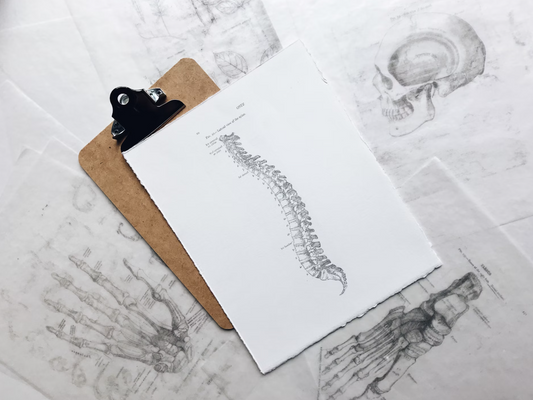Stressful moments can feel overwhelming, leaving you tense, distracted, and out of control. But amidst the chaos, one thing remains constant: your breath. Breathing isn’t just a vital function—it’s a tool you can harness to manage stress and stay calm under pressure. In this article, we’ll explore how breathing influences your stress response and share practical techniques to help you navigate high-pressure situations with poise and confidence.
The Connection Between Breathing and Stress
When you encounter a stressful situation, your body activates its "fight-or-flight" response, a natural survival mechanism. This triggers physical changes like:
- Increased heart rate
- Rapid, shallow breathing
- Muscle tension
While this response is helpful in short bursts, prolonged stress can lead to anxiety, fatigue, and reduced focus. Controlling your breath helps you interrupt this cycle by activating the parasympathetic nervous system, which promotes relaxation and restores balance.
Breathing Techniques for Staying Calm Under Pressure
1. Diaphragmatic Breathing (Belly Breathing)
Why It Works: Engaging the diaphragm helps slow your heart rate and deepen your breaths, calming your nervous system.
How to Do It:
- Sit or lie down in a comfortable position.
- Place one hand on your chest and the other on your abdomen.
- Inhale deeply through your nose, allowing your belly to rise.
- Exhale slowly through your mouth, letting your belly fall.
- Repeat for 1-2 minutes, focusing on the movement of your abdomen.
2. Box Breathing (Four-Square Breathing)
Why It Works: This structured technique brings focus and balance to your breath, ideal for moments of high stress.
How to Do It:
- Inhale through your nose for a count of four.
- Hold your breath for a count of four.
- Exhale slowly through your mouth for a count of four.
- Hold your breath again for a count of four.
- Repeat for several cycles, gradually extending the counts as you get comfortable.
3. 4-7-8 Breathing
Why It Works: By elongating the exhale, this technique signals your body to relax and helps clear your mind.
How to Do It:
- Inhale deeply through your nose for a count of four.
- Hold your breath for a count of seven.
- Exhale slowly through your mouth for a count of eight.
- Repeat for 4-5 cycles, or until you feel calmer.
4. Alternate Nostril Breathing
Why It Works: This yoga-inspired technique balances the nervous system and creates a sense of calm.
How to Do It:
- Sit comfortably and close your right nostril with your thumb.
- Inhale deeply through your left nostril.
- Close your left nostril with your ring finger, release your thumb, and exhale through your right nostril.
- Inhale through your right nostril, close it, and exhale through your left nostril.
- Repeat for several cycles.
Practical Tips for Managing Stressful Moments
-
Practice Ahead of Time:
Regularly practicing these techniques trains your body to respond more effectively to stress. -
Anchor Yourself to the Present:
Pair deep breathing with mindfulness by focusing on your surroundings, sensations, or a calming phrase. -
Breathe Before You React:
When you feel stress building, pause for a few breaths before responding. This helps you approach the situation with clarity. -
Use a Trigger to Remind You to Breathe:
Associate stressful moments with a positive trigger, like the phrase “Pause and breathe,” to create a habit of calming yourself. -
Incorporate Movement:
Combine breathing with gentle movements like shoulder rolls or stretching to release physical tension.
The Benefits of Breathing Through Stress
- Immediate Calm: Slow, intentional breathing reduces the intensity of your body’s stress response.
- Improved Focus: Regulating your breath clears mental fog, allowing you to think more clearly under pressure.
- Enhanced Emotional Control: Breathing helps you stay composed, even in emotionally charged situations.
- Better Physical Health: Consistent practice reduces the long-term effects of stress on your body, like high blood pressure and tension headaches.
Making Breathing a Habit
To fully harness the power of breathing, consistency is key. Here’s how to make it a regular part of your routine:
- Morning Practice: Start your day with 5-10 minutes of deep breathing to set a calm tone.
- Daily Check-Ins: Take short breathing breaks throughout the day to reset your focus and reduce tension.
- Pre-Stress Prep: Use breathing techniques before known stressful events, like presentations or meetings, to prepare yourself.
Conclusion
Stressful moments are inevitable, but how you handle them is within your control. By mastering simple yet effective breathing techniques, you can transform your stress response into an opportunity for calm and clarity.
The next time you feel the pressure building, remember: pause, breathe, and let your breath guide you to a place of composure and confidence. Start practicing today to build a more resilient, stress-free tomorrow.




